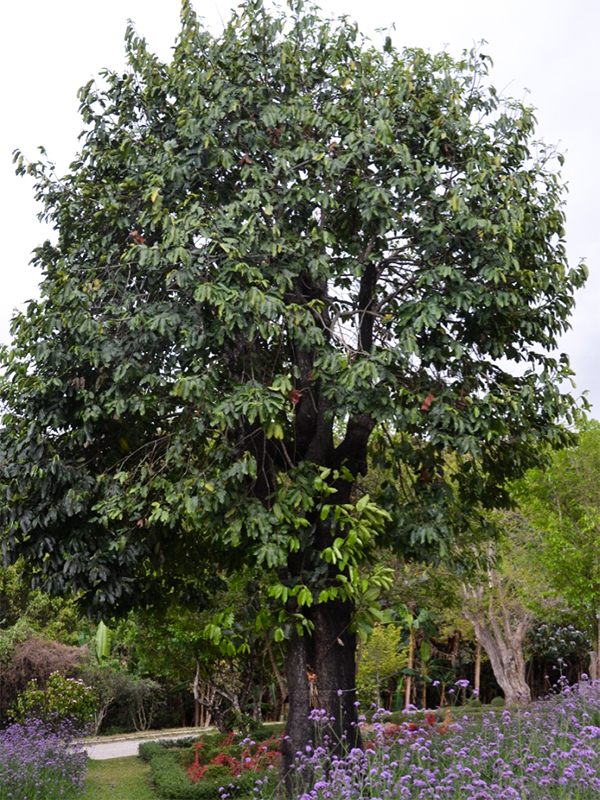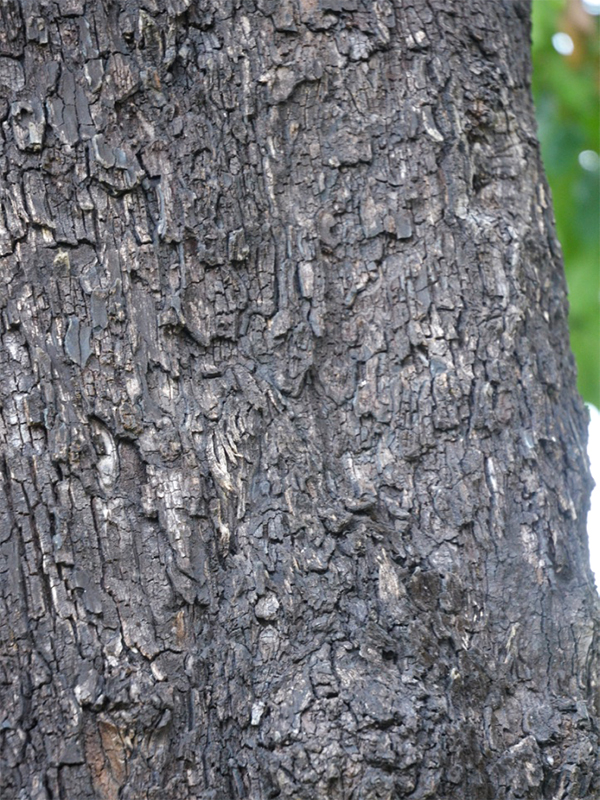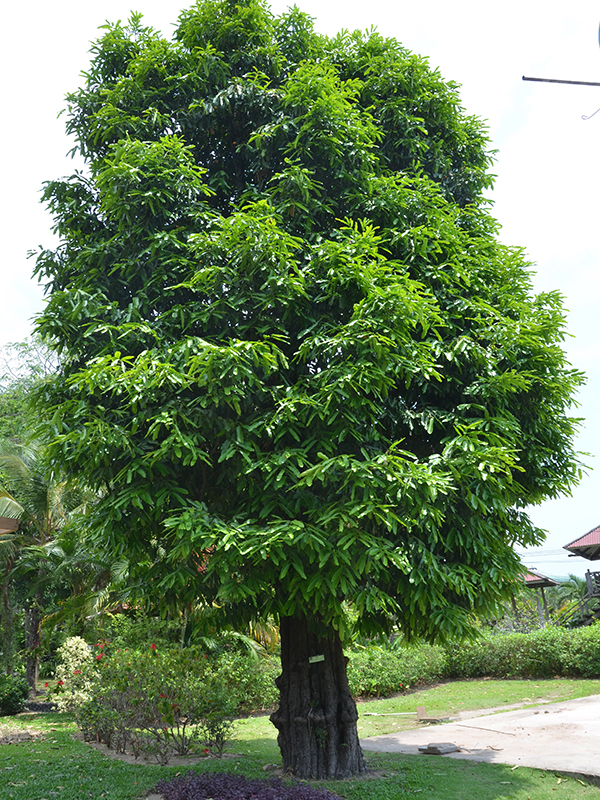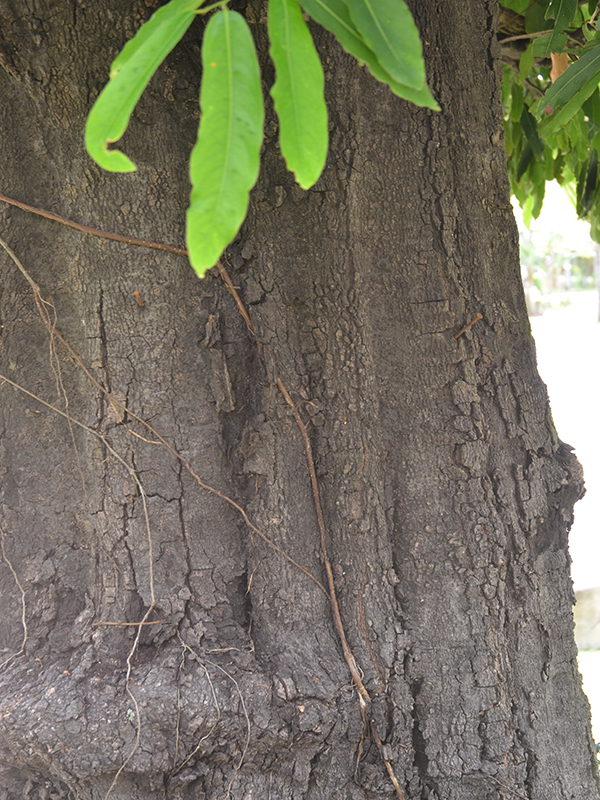
Tropicals, Woody > Diospyros > Diospyros malabarica > Diospyros malabarica
Diospyros malabarica
Indian Persimmon, Gaub Tree, Malabar Ebony, Black-and-White Ebony, Pale Moon Ebony
Origin: East Asia including India, Sri Lanka, Nepal, Bangladesh, Myanmar, Thailand, Cambodia, Laos, Malaysia, and Indonesia.
| Family |
| Ebenaceae |
| Genus |
| Diospyros |
| Species |
| malabarica |
| Category |
| Tropicals, Woody |
| Type |
| Tree (evergreen) |
| Synonyms |
| Diospyros biflora, Diospyros citrifolia, Diospyros embryopteris, Diospyros glutinifera, Diospyros glutinosa J.Koenig, Diospyros peregrina, Diospyros siamensis, Embryopteris gelatini |
| Canadian Hardiness Zone |
| Requires cold season protection under glass. |
| Height |
| 5 - 37 metres |
Photographs
Description and Growing Information
Flowering Period
| General Description |
| An evergreen tree with a much-branched, spreading crown; it can grow 15 - 37 metres tall. |
| Landscape |
| It is suitable for parks and streetscapes with its attractive new leaves that are pink in colour, as well as its dense conical crown. |
| Cultivation |
| Grow in rich, medium moisture, well-drained soils in full sun to part shade. |
| Shape |
| A dense conical crown. |
| Growth |
| Medium |
| Pests |
| Scale insects, spider mites, mealybugs, downy mildew, powdery mildew, rust leaf spots, and fungal root rot. |
| Habitat |
| Lowland rainforests along rivers and streams at elevations up to 300 metres. Often found in shady and wet sites near streams in the forest at elevations up to 500 metres. |
| Bark/Stem Description |
| Black, smooth, straight, cylindrical trunk can be unbranched for 10 - 20 metres and may be 70 cm in diameter. The inner bark turns bluish on exposure to sunlight. |
| Leaf Description |
| Alternate, stalked leaves are oblanceolate, 7-32 cm long, emerging pink in colour, and gradually turning beige then eventually to dark green. |
| Flower Description |
| The male flowers are formed in 3-5 flowered cymes in leaf axils. Female flowers are solitary, 4-parted, with 4 styles, and an 8-celled ovary. |
| Fruit Description |
| Round and yellow when ripe, up to 3.5 cm in diameter, and seated on a persistent sepal structure. |
| Notable Specimens |
| Queen Sirikit Botanic Garden, Chiang Mai, Thailand. Royal Park Rajapruek, Mae Hia, Thailand. |
| Propagation |
| By seed. |
| Ethnobotanical Uses (Disclaimer) |
| Unripe leaves and fruits were traditionally used to dye cloth black. |





